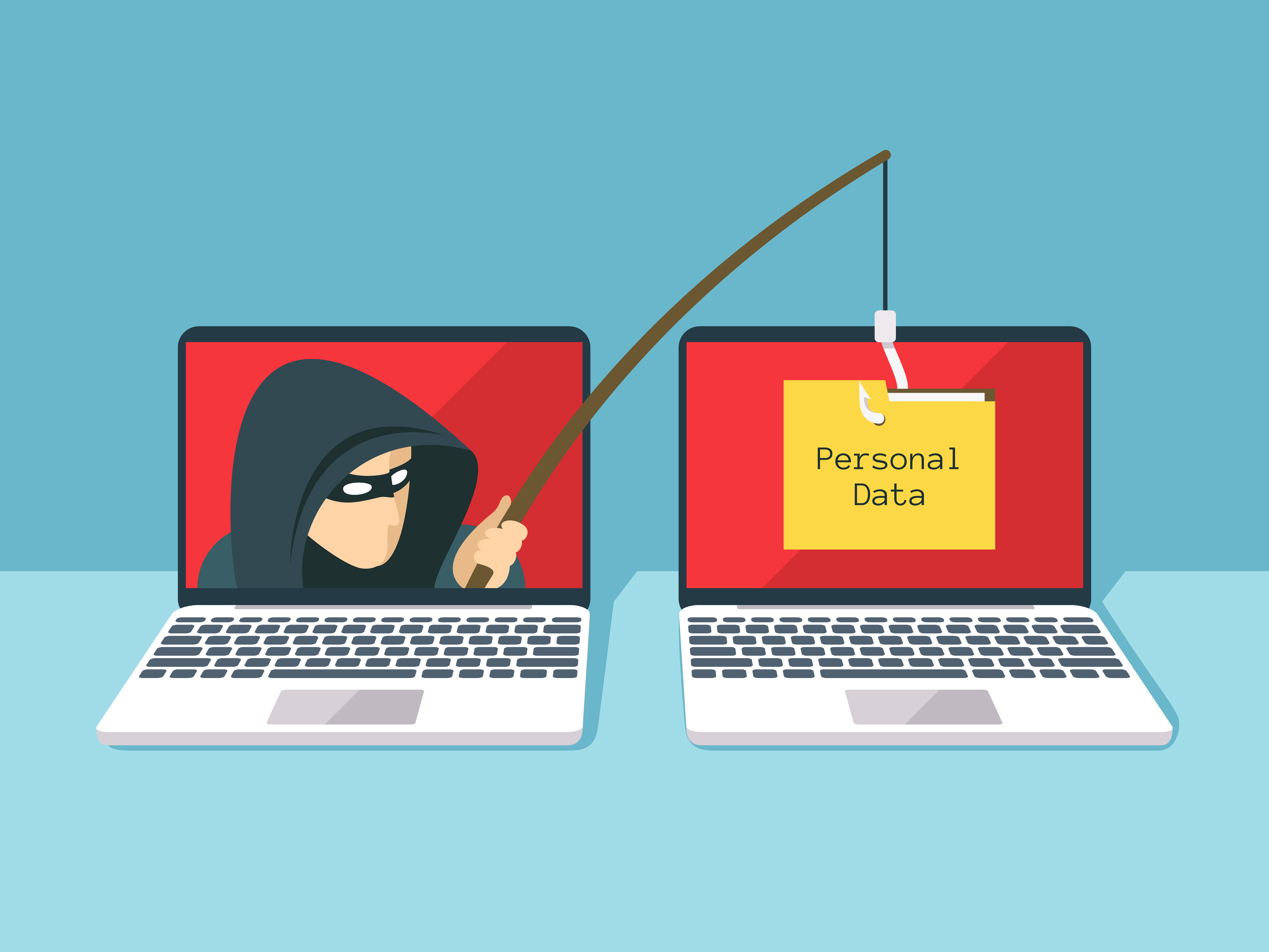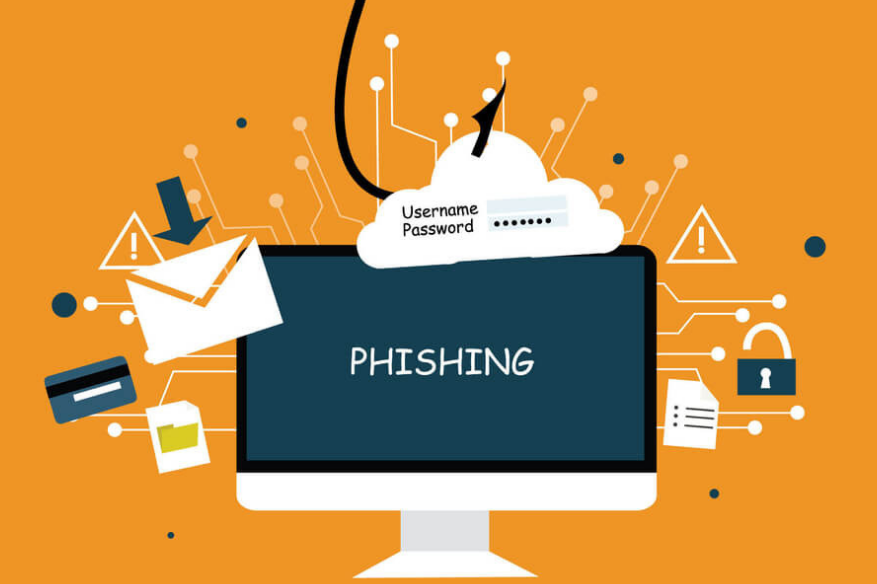Featured
- Get link
- X
- Other Apps
Phishing: The global Cyber threat
Don't Get Hooked: Unveiling the Phishing
Threat
Ever received an email that looks like it's from your bank, demanding immediate action? Or a text message promising a free phone for clicking a link? These are classic examples of phishing scams – cunning attempts to steal your personal information.
In this blog, we'll dive deep into the world of phishing, equipping you with the knowledge to stay safe online. We'll explore how these scams work, the signs to watch out for, and even peek under the hood with some educational-only examples using scripting languages (remember, we don't condone malicious activity!).
What is Phishing?
Phishing is a cybercrime where attackers masquerade as legitimate entities (banks, social media platforms, etc.) to trick you into revealing sensitive information like passwords, credit card details, or social security numbers.
How Does Phishing Work?
Phishing attacks typically follow a well-defined process:
- The Lure: You receive a seemingly genuine email, text message, or social media message. It might create a sense of urgency (e.g., "Account suspension!") or offer an irresistible deal (e.g., "Free gift card!").
- The Hook: The message contains a link or attachment that appears trustworthy. Clicking the link directs you to a fake website designed to mimic a real one. Alternatively, the attachment might be malware disguised as a document or image.
- The Steal: Once you interact with the fake website or open the malicious attachment, the attacker's code springs into action. It might capture your login credentials as you type them in or install malware on your device that steals your data in the background.
Warning Signs of a Phishing Scam
- Generic Greetings: Legitimate companies usually address you by name. Generic greetings like "Dear customer" are a red flag.
- Suspicious Links and Attachments: Hover over the link before clicking. Does the URL look strange or misspelled? Don't open attachments from unknown senders.
- Urgency and Threats: Phishing emails often pressure you to act immediately to avoid negative consequences. Legitimate companies won't resort to scare tactics.
- Grammatical Errors and Typos: Professional companies maintain high standards. Typos and grammatical errors can signal a fake message.
- Too-Good-To-Be-True Offers: Be wary of emails or messages promising unbelievable deals or rewards.
Educational Scripting Examples (DISCLAIMER: FOR EDUCATIONAL PURPOSES ONLY)
Please note: These scripts are for educational purposes only and should never be used for malicious activity.
echo "Subject: Urgent Action Required!" > email.txt
echo "Dear User," >> email.txt
echo "Your account has been flagged for suspicious activity." >> email.txt
echo "Click here to verify your identity: [malicious_link]" >> email.txt
echo "Sincerely," >> email.txt
echo "The Security Team" >> email.txtThis script creates a simple phishing email that someone might use for educational purposes (without the malicious link, of course!).
Remember: This is a highly simplified example, and real phishing attempts are often much more sophisticated.
Stay Phish-Free!
Here are some tips to stay safe from phishing attacks:
- Be cautious with links and attachments: Don't click on suspicious links or open unknown attachments.
- Verify sender information: Double-check the sender's email address and ensure it matches the legitimate company.
- Don't share personal information readily: Legitimate companies rarely ask for sensitive information via email or text message.
- Enable two-factor authentication: This adds an extra layer of security to your online accounts.
- Keep your software updated: This includes your operating system, web browser, and security software.
- Report suspicious activity: If you encounter a phishing attempt, report it to the relevant platform or organization.
By following these tips and staying vigilant, you can significantly reduce your risk of falling victim to a phishing scam. Remember, knowledge is power!
- Get link
- X
- Other Apps



Comments
Post a Comment